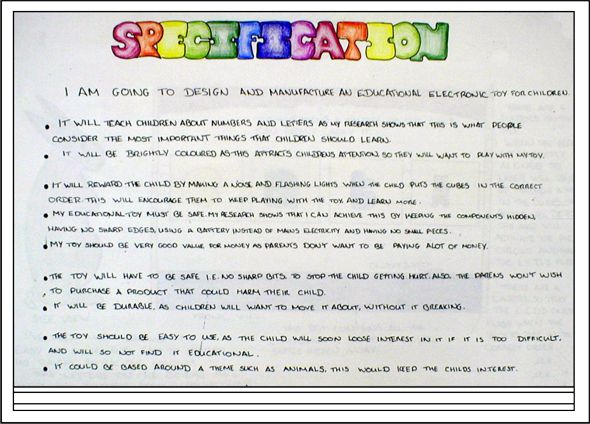| http://doceocenter.org/sites/doceo/files/styles/large/public/carnegie%20cadets.PNG?itok=UeIPZjAa |
Year 6, today I would like to you explore this link:
http://www.carnegiecyberacademy.com/funstuff.html#shorts
| http://doceocenter.org/sites/doceo/files/styles/large/public/carnegie%20cadets.PNG?itok=UeIPZjAa |
 |
| http://www.churchleaders.com/wp-content/uploads/files/article_images/evaluating_your_effectivness_are_we_making_a_difference_544924898.jpg |
 |
| https://s-media-cache-ak0.pinimg.com/736x/86/4a/b8/864ab88339b9e1094b30c264c6b509f1.jpg |
 |
| http://aizzz.com/wp-content/gallery/articles/design-brief.jpg |
| When
writing a design brief |
|
|---|---|
|
Students
should:
|
Students should
NOT:
|
|
|
 |
| http://www.csheltraw.com/wp-content/uploads/2013/02/recipe-flyers.jpg |
 |
| http://travelblog.goaheadtours.com/wp-content/uploads/recipe_card_soda_bread.jpg |
 |
| http://www.itsoverflowing.com/wp-content/uploads/2012/08/Oatmeal-Chocolate-Chip-Cookies-Ingredients.jpg |
 |
| http://landportnews.net/wp-content/uploads/2014/05/Fotolia_57304563_Subscription_Monthly_M.jpg |
 |
| http://shontejtaylor.com/wp-content/uploads/2013/10/bigstock-Time-To-Plan-43334488.jpg |
 |
| http://ihappynewyear2015wishes.com/wp-content/uploads/2014/12/happy-new-year-2015-wishes.jpg |
 |
| http://www.imgion.com/images/01/Winter-Season-With-Happy-Holiday-.jpg |
 |
| http://www.bbj.hu/images2/201410/choicegif_2014101709340798.jpg |
 |
| http://thumbs.dreamstime.com/z/light-bulb-26148830.jpg |
 |
| http://www.technologystudent.com/images4/specy3.jpg |
 |
| http://cdn.itproportal.com/photos/1Ribbon_original.jpg |
| http://www.mcmaster.ca/presidentsoffice/images/word_icon.png |
 |
| https://isptechnology.wikispaces.com/file/view/New%20MYP%20Design%20Cycle.png/448023836/439x435 /New%20MYP%20Design%20Cycle.png |
 |
| http://www.lamarcountyschools.org/cms/lib03/MS01001945/Centricity/Domain/2176/welcome2_c.gif |
 |
| http://images.zap2it.com/images/tv-EP01215557/best-recipes-ever-12.jpg |

 |
| http://www.fightbac.org/storage/documents/kids_activities/recipes_coloring_page.gif |
 |
| http://www.lovethispic.com/uploaded_images/57557-Happy-2014-I-Hope-Its-A-Great-Year.jpg |
 |
| http://sd.keepcalm-o-matic.co.uk/i/keep-calm-its-nearly-holiday-time.png |
 |
| http://foodstorageandbeyond.com/wp-content/uploads/2010/09/evaluate-adjust.jpg |
 |
http://team-t-adventures.blogspot.pt/2010/11/create-mini-canvas-easel.html |
Remember Year 6, your plan probably won't work exactly. Reflect on this. As you gain experience using computer tools and techniques your Plans will become better
 |
| http://jacopofarina.files.wordpress.com/2008/09/design-is-all-about-colors-and-shapes.png |
 |
| http://blog.echoenduring.com/wp-content/uploads/2010/05/what-is-design.jpg |